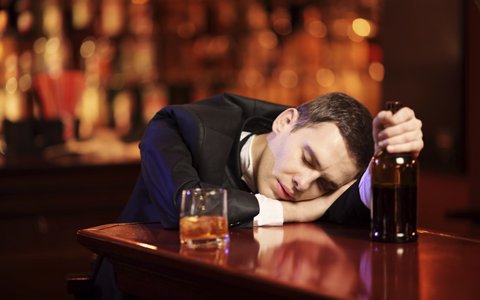Reducing intoxication among bar patrons: some lessons from prevention of drinking and driving
Intoxication in and around licensed premises continues to be common, despite widespread training in the responsible service of alcohol and laws prohibiting service to intoxicated individuals. However, research suggests that training and the existence of laws are unlikely to have an impact on intoxication without enforcement, and evidence from a number of countries indicates that laws prohibiting service to intoxicated individuals are rarely enforced. Enforcement is currently hampered by the lack of a standardised validated measure for defining intoxication clearly, a systematic approach to enforcement and the political will to address intoxication.
In this paper it is argued that adoption of key principles from successful interventions to prevent driving while intoxicated could be used to develop a model of consistent and sustainable enforcement. These principles include: applying validated and widely accepted criteria for defining when a person is 'intoxicated'; adopting a structure of enforceable consequences for violations; implementing procedures of unbiased enforcement; using publicity to ensure that there is a perceived high risk of being caught and punished; and developing the political will to support ongoing enforcement. Research can play a critical role in this process by: developing and validating criteria for defining intoxication based on observable behaviour; documenting the harms arising from intoxication, including risk curves associated with different levels of intoxication; estimating the policing, medical and social costs from intoxicated bar patrons; and conducting studies of the cost-effectiveness of different interventions to reduce intoxication.












